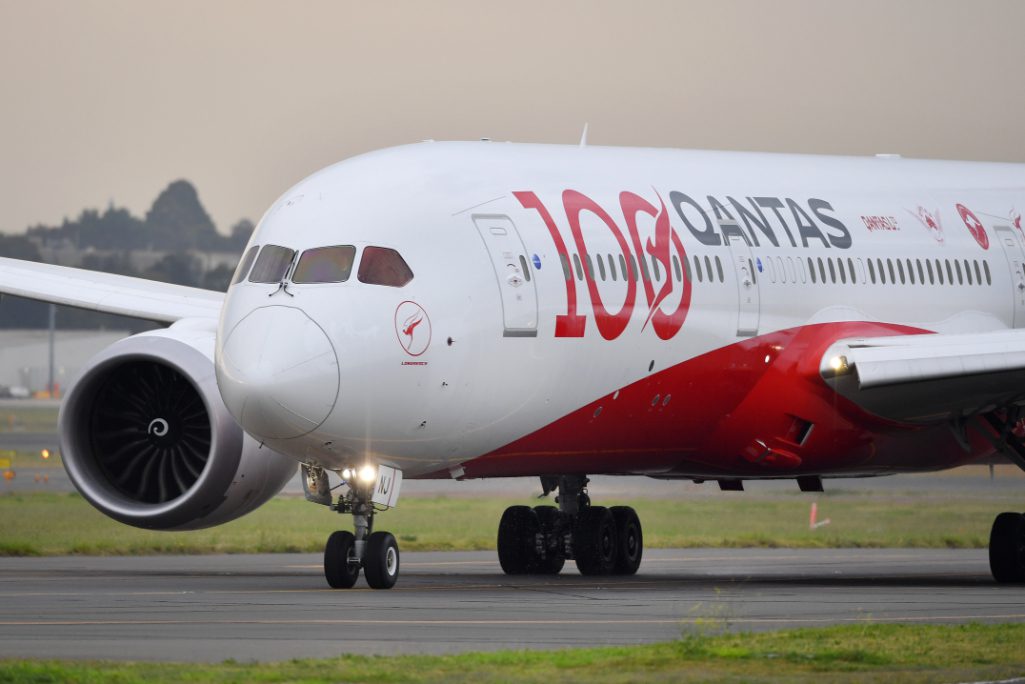Qantas Pursues Breakaway Distribution Strategy Despite Grumbling From Some Travel Agencies

Skift Take
Qantas has been coy about its bold distribution strategy launched last year, rarely talking about it since the pandemic struck. Here's an update from the company, plus what you need to know that's missing in its official statements.
What a difference a year and a pandemic make. It's hard to recall it was only August 2019 when Qantas Airways began charging travel agencies globally for booking tickets outside of its new "Qantas Channel" as part of a long-term plan to tame its distribution costs.
Flash forward to now. A Qantas spokesperson said it now expects to be back up to 68 percent of pre-Covid domestic capacity across Qantas and Jetstar in December (compared to just 20 percent earlier in the year).
The international situation is worse. Despite the re-opening of the route to New Zealand and the talk of possible "travel bubbles" to include Japan, Singapore, and South Korea, a rebound will be slow. International capacity will remain at 20 percent year-over-year levels a year from now, JP Morgan assumes. It will only recover to about half of 2019 levels in 2022.
So how is the Qantas distribution strategy faring against that backdrop?
"Despite the impact of Covid-19 on travel bookings, the Qantas Channel continues to be a key part of our broader distribution strategy," said Igor Kwiatkowski, executive manager global sales and distribution. "The take-up has been very successful, with thousands of agencies around the globe having signed up since we launched last year. More than 95 percent of all indirect bookings with Qantas are now made by agencies that are in the Qantas Channel."
Given weak demand, Qantas is taking a strong position by maintaining a "channel fee" of about $12.90 ($17.50 Australian) for all segments booked by agents not participating in the Qantas Channel.
Qantas isn't the only large airline group to think a pushy distribution strategy is the best way to ride out the pandemic. Qantas's fee is roughly in line with other airline surcharges worldwide. Air France-KLM Just increased its fee to $15 (€13) for a one-way ticket. International Airlines Group, which owns British Airways and Iberia, is on a similar fee level to Air France-KLM after increasing its fee last year. Since October 1, Lufthansa Group slaps on a $21 fee in the U.S. (€19 in Europe), up from $17.50 (€16 in Europe).
Qantas said its program would become more than a surcharge.
"Greater reward and recognition of our frequent flyers and the ability to deliver targeted offers for our agency partners are just some of the benefits that are in the pipeline," Kwiatkowski said. "Ultimately, our vision is to offer our agency partners a bigger toolkit than what they can offer customers today

